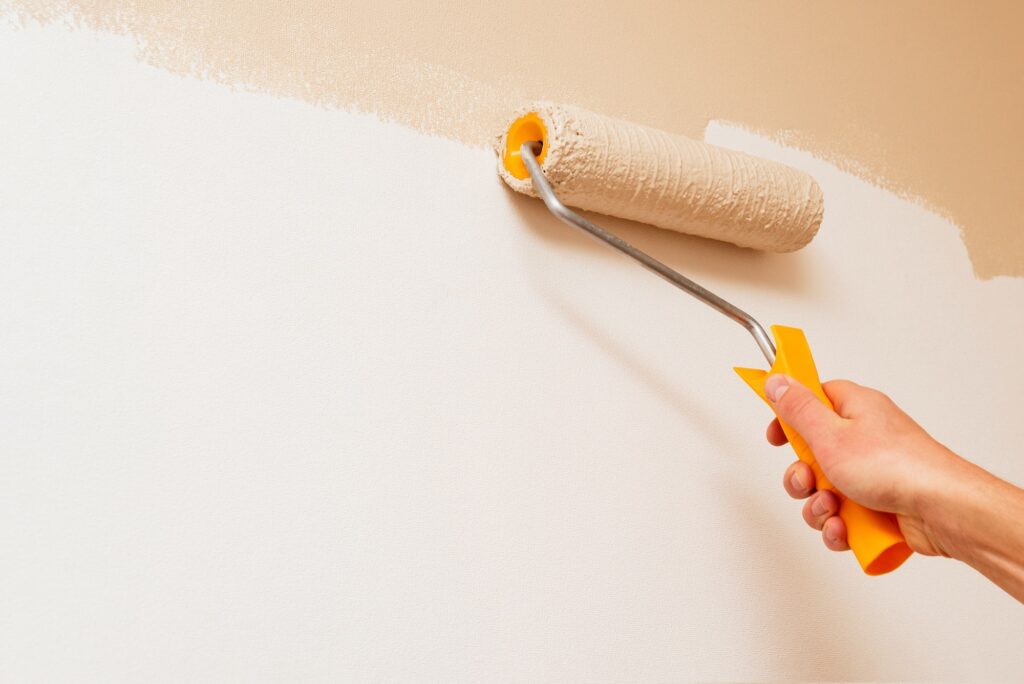When it comes to painting, many homeowners tend to focus solely on selecting the right paint colour and applying it meticulously. However, one crucial aspect that often gets overlooked is surface preparation. Properly preparing the surface before painting is the foundation of a successful and long-lasting paint job. In this article, we will explore the importance of surface preparation, its impact on the final result, and the steps involved in achieving a well-prepared surface for painting. Understanding the significance of surface preparation will help you achieve a paint finish that not only looks beautiful but also stands the test of time.
Ensures Adhesion and Durability:
Proper surface preparation is vital for ensuring paint adhesion and durability. Without the right preparation, paint can fail to bond securely to the surface, leading to issues like peeling, cracking, or blistering. Surface contaminants such as dust, dirt, grease, and old paint must be removed to create a clean, smooth surface that allows the new paint to adhere properly. By taking the time to prepare the surface adequately, you create a strong bond between the paint and the substrate, resulting in a durable finish that resists wear and tear, weather elements, and other environmental factors.
Smooths Out Imperfections:
Surface preparation plays a critical role in smoothing out imperfections on the surface. Whether it’s cracks, dents, holes, or rough patches, these flaws can be visually unappealing and can affect the overall quality of the paint job. Properly preparing the surface involves patching and repairing any damages, filling in gaps, and sanding down uneven areas. This process ensures that the surface is smooth, uniform, and ready to receive the paint. By addressing these imperfections before painting, you create a flawless canvas that allows the paint to glide on evenly and enhances the overall aesthetic appeal of the finished project.
Enhances Paint Color and Finish:
Surface preparation significantly impacts the final appearance of the paint colour and finish. A properly prepared surface provides an even base for the paint, allowing the colour to appear true and vibrant. Uneven or poorly prepared surfaces can result in colour variations, dullness, or blotchiness. Additionally, a smooth and well-prepared surface allows the paint to flow more smoothly, resulting in a consistent finish without brush or roller marks. By dedicating time to surface preparation, you ensure that the paint colour appears as intended, providing a visually pleasing and professional-looking outcome.
Prevents Future Issues:
Proper surface preparation not only contributes to the immediate success of the paint job but also helps prevent future issues and costly repairs. By addressing underlying problems or potential sources of damage, you can mitigate risks and prolong the lifespan of the paint job. For example, by repairing moisture damage, sealing cracks, or addressing mould or mildew issues, you prevent these issues from resurfacing and causing paint failure in the future. Investing time and effort in surface preparation serves as proactive protection, safeguarding your painted surfaces and reducing the need for premature repainting or extensive repairs down the line.
Steps for Proper Surface Preparation:
To achieve a well-prepared surface, several steps need to be followed. These include cleaning the surface to remove dust, dirt, and grease, repairing any damages, sanding the surface to create a smooth texture, and priming the surface to promote proper adhesion. Each step is essential and builds upon.
the previous step, ensuring a thorough and effective surface preparation process. Cleaning the surface involves using mild detergents or cleaning solutions to remove any dirt, grime, or grease that could interfere with paint adhesion. Repairing damages may involve filling cracks or holes with suitable fillers and addressing any underlying issues, such as water damage or rot.
Sanding the surface is crucial for creating a smooth and even texture. It helps to remove roughness, old paint remnants, and imperfections, allowing for a flawless paint application. The level of sanding required depends on the condition of the surface and the desired finish. It is important to use appropriate grit sandpaper and follow proper sanding techniques to achieve the desired results.
Priming the surface is the final step before applying the paint. Primers create a uniform and stable surface, providing a better bond for the paint and improving its durability. Primers also help to seal porous surfaces, prevent stains from bleeding through, and enhance the coverage of the paint.
Conclusion:
Proper surface preparation is a vital step in achieving a long-lasting and visually appealing paint job. It ensures optimal paint adhesion, durability, and a smooth finish. By investing time and effort into surface preparation, you prevent paint failure, enhance the color and finish of the paint, and reduce the risk of future issues. Following the necessary steps, such as cleaning, repairing, sanding, and priming, will set the foundation for a successful paint application. Remember, taking the time to prepare the surface properly is an investment that pays off with a beautiful and enduring paint job.


